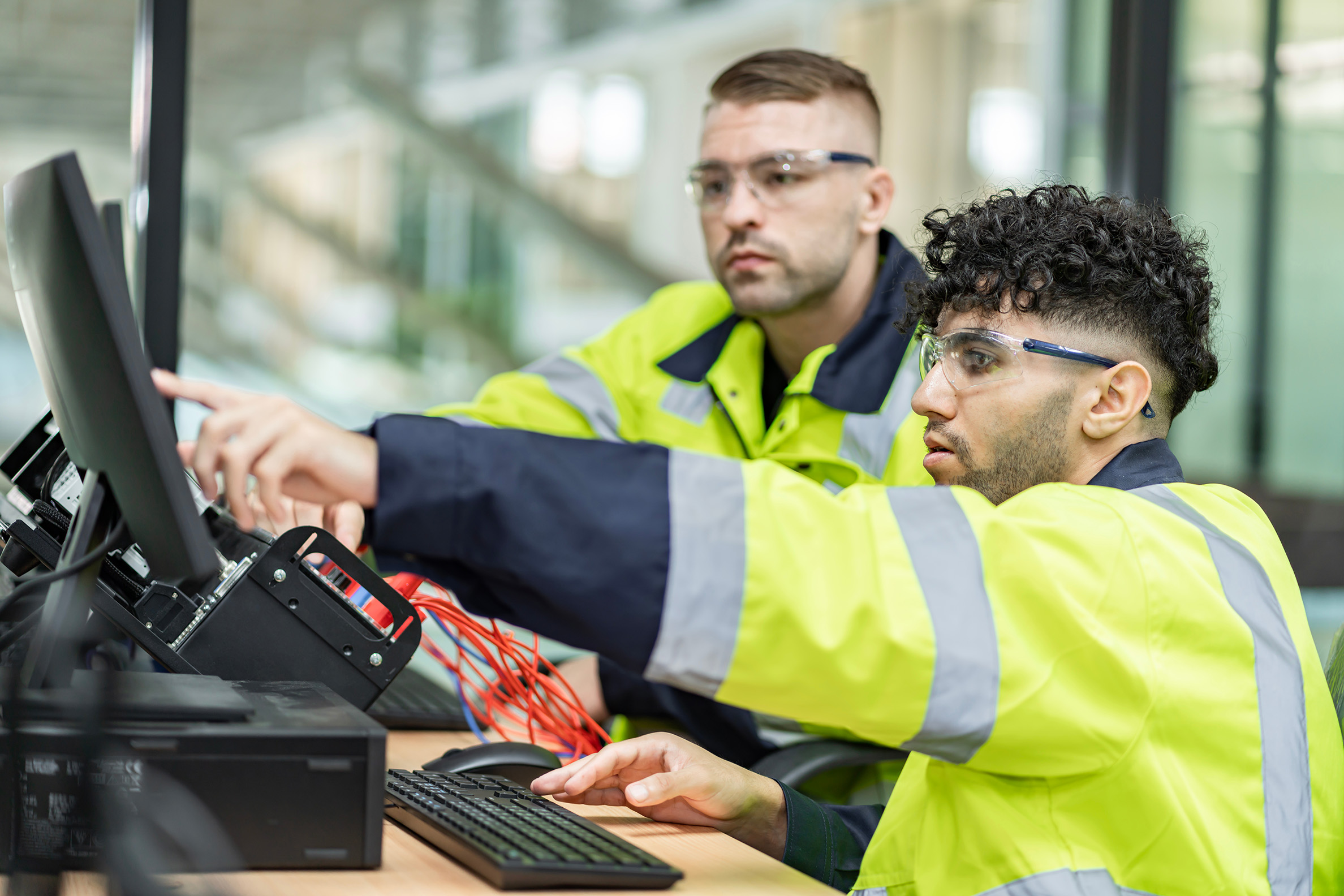There’s a diversity to the workplace that hides in plain sight.
Maybe your workplace looks something like this: a 20-something year old employee works right beside a 50-something year old employee. Or a 60-something, or even a seventy-something year old worker. In fact your workforce may even be bookended by a late-teen on one side and (in rare cases, but it does happen) an 80-something year old on the other.
It’s a generational diversity. And it presents a rather unique challenge.
Gen-X, Traditionalists, Boomers- Who belongs where?
Fortunately for us, some very smart, organized folks demystified the labels.
But it’s not the labels that we’re concerned about. It’s what those labels mean in terms of training. Because this is a safety training blog, we’re focused on Safety Training. But the principals are applicable across training platforms and topics.
The change to our workforce changed over the space of decades. So it’s not surprising that the change in the makeup of our employees sort of crept up on us. And now, we have as many as 5 generations working together at the same company; maybe even at the same job.
And here’s the kicker: each of those 5 generations experience life through 5 very different mindsets. For instance, some of us grew up in a world without television. In 2016, a Nielsen article reported that 98% of Millennials owned cell phones. To some, television is old tech. Another case in point: some of us listened to music on a portable cassette player (anyone remember Sony’s Walkman)? Some of us- well, the point is made.
5 different generations, 5 different mindsets, 5 different… “languages”?
A single training setting or system will never reach all 5 generations. And the impact on Safe Material Handling cannot be overstated.
If safe lifting techniques are provided only on electronic devices, we leave out 2 whole cohorts of people who may not be facile – or even comfortable – with mobile technology. And with inadequate training, injuries happen. If safe lifting is hands-on or lecture only, another 2 (perhaps 3) cohorts are left out. The training may be very personal, but if physical lifting methods aren’t available electronically, injuries happen. And lectures? Consider that the attention span of today’s Zoomer is something on the order of 8 seconds. And they are comfortable with up to 5 devices at the same time. Put them in a classroom setting, where someone seems (to them) to be droning on about stuff that they could read online and the learning is lost.
To be effective, any safe lifting program must reach all 5 generations, from before the Boomers through to the Zoomers.
A combination of training settings (customizable for the age-diversity of the learning audience) is necessary: online/electronic, written/illustrated visuals, hands-on and in-person interactive training settings can be assembled to meet the learning needs across a 5 generation age-span. For some of the training content, the same information may need to be shared using all 3 settings, and perhaps settings that are not listed here.

The best trainers for each age group are their peers
There’s actually not a lot to say about this point. People respond and interact with people who have something in common.
It’s a human thing.
And the way forward is to create a safety culture through a program that acknowledges the need for that culture, then honors it and fulfills it.
Because when safety is truly everyone’s business, any barrier to training and learning can be overcome.
We’re here to help
At PowerLift® we understand the crucial nature of an effective training system.
Like you, we’re committed to the safety of employees. We offer training that creates and certifies peer-trainers and peer-coaches. Over a relatively short period of time, ergonomic and science-based lifting methods become part of the background of daily work-life. Companies who have worked with us report dramatic reductions in their injury incidents.
We invite you to visit our website. How may we best serve you in your commitment to the safety of your employees?


Recent Comments